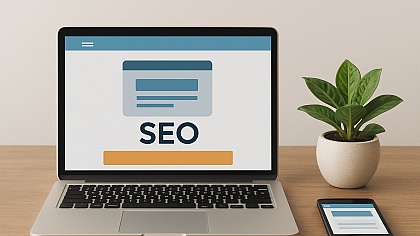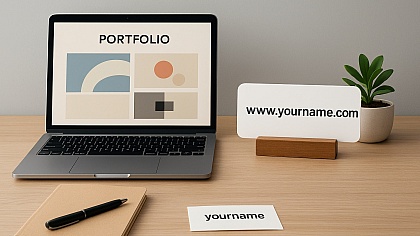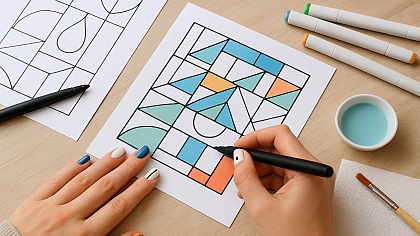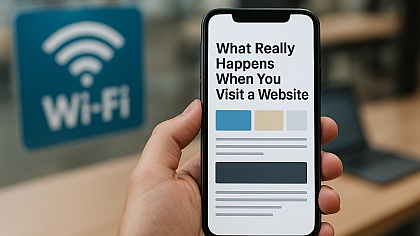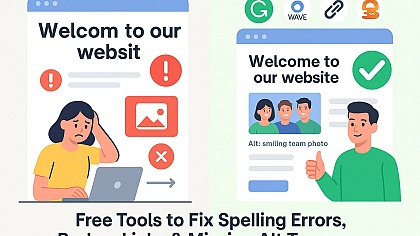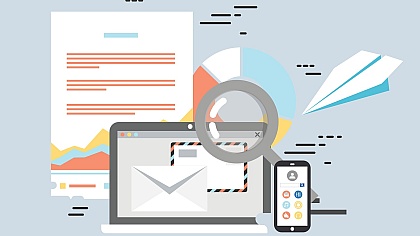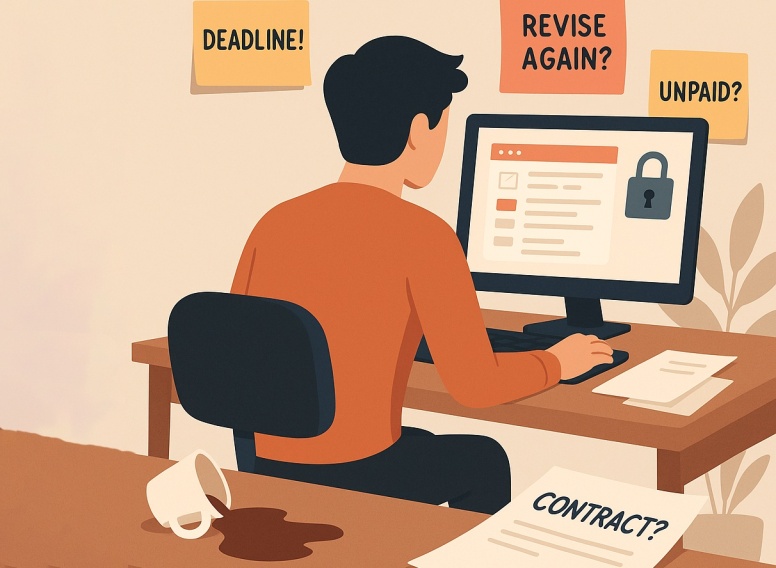
Common Mistakes Freelance Designers Make and How to Avoid Them
Many designers are ecstatic about leaving the stuffy office and going freelance, but they often forget how important clear client communication, proper pricing, and digital security are. Instead of freedom and creative independence, they experience frustration and uncertainty about their future as freelancers.
We will unpack the main mistakes freelance designers make when they first join the market and how to avoid them.
Not Communicating with Clients Properly
When you start communicating with your clients without an intermediary, you may forget that the most important part of your job as a freelancer is to establish clear communication. After all, being unable to set correct expectations, misunderstanding the client’s project scope, or their comments can lead to more revisions and even failed projects.
When working on projects, use simple language and straightforward commentary. Explain your whole process and share the steps using specialised management software. Confirm big decisions and changes before implementing them.
Neglecting Digital Security
Freelance designers are often granted access to the client’s websites and private accounts. While you might think that noting login details in a text document on your laptop is okay, this puts both you and your customer at risk.
In this case, get a reliable browser password manager as part of your professional routine and ensure that all login credentials are saved and stored in the encrypted cloud. Password managers for Chrome, Firefox, or other browsers will generate strong passwords and protect your accounts from theft. Further, these handy tools make sharing credentials with collaborators convenient.
Managing Deadlines Badly
It’s easy to manage tasks when working in the office – the atmosphere is different, and your coworkers are always there to motivate you. Becoming a freelancer and working from home pose a few challenges, but procrastination is one of them.
If you accept too many projects or wait until the last moment to complete a task, try using time-tracking tools and always include buffer time just in case. Schedule milestones in a calendar in case you have several different clients. Always communicate honestly when you expect to miss a deadline.
Undervaluing Your Work
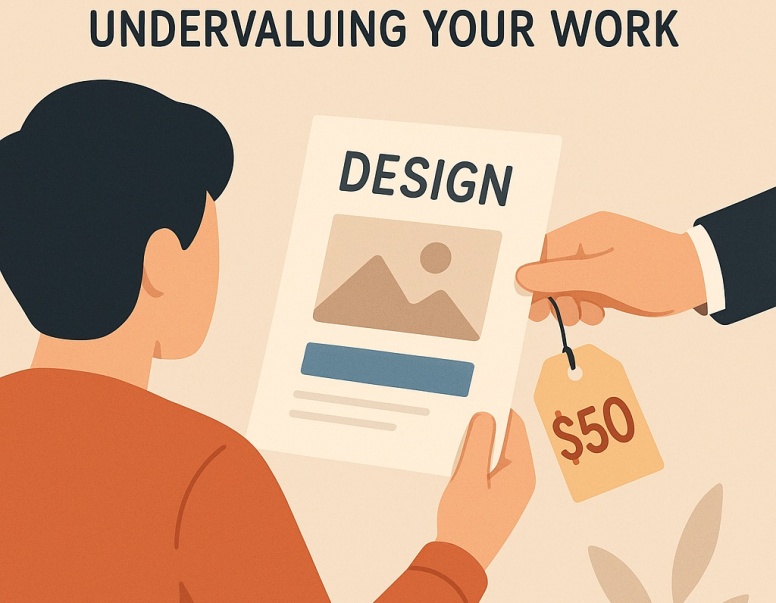
The fear of losing clients and becoming jobless often pushes freelancers to accept low-paying positions. While it’s okay to set lower prices when you are just starting, experienced designers should always set a suitable rate. Otherwise, you can fall into burnout.
Research realistic rates in your industry. Consider years of experience, hours you work, and revisions you make in every project. Raise your rates once you gain more experience. Make sure your clients pay for additional edits.
Ignoring Official Agreements
It is often hard to get used to signing agreements and contracts with freelance clients. After all, you are just working on one simple project – what can happen? The truth is, ignoring official agreements can lead to confusion, unpaid revisions, and even intellectual property rights issues.
To avoid theft and set clear boundaries, always use a written contract that includes all details, such as deadlines, payment terms, and the scope of work. You don’t have to pay for them; many templates are available for freelancers online.
Skipping Clean-Up After Finishing Projects
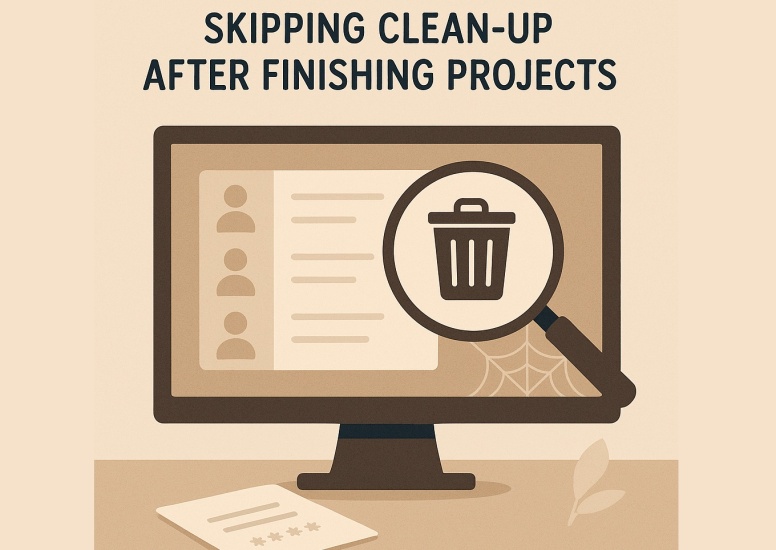
When the project ends, there’s a lot of leftover content that is still available online. From files to personal information, this data can serve as an actionable digital trail for bad actors online, compromising your security and the safety of your client.
Use data removal services to find and delete sensitive data from the internet. Check user sentiment before subscribing to a service. Check out popular tool reviews like Incogni on Reddit, Trustpilot, or other forums. Also, clean your device and revoke access to shared files once the project ends.
Steer Clear of Mistakes as a Freelance Designer
Going freelance is an incredible venture that allows you to set your hours, communicate with clients without a third party, and work from anywhere. Yet, there are certain challenges you have to overcome. By following the guide above, you will be able to avoid common freelancing mistakes.
